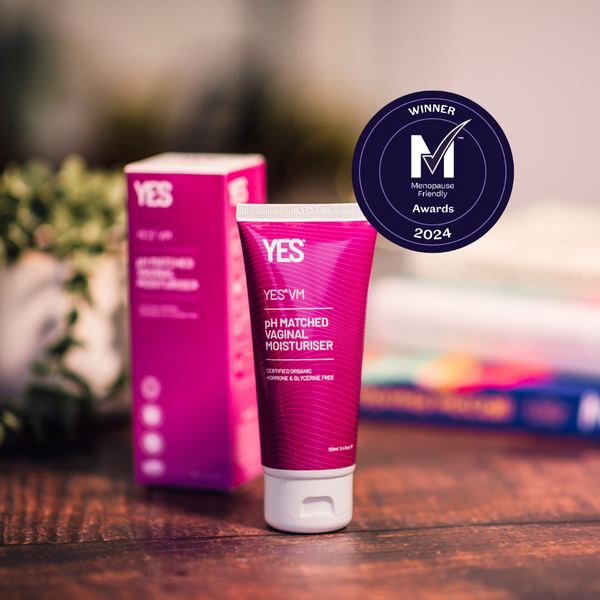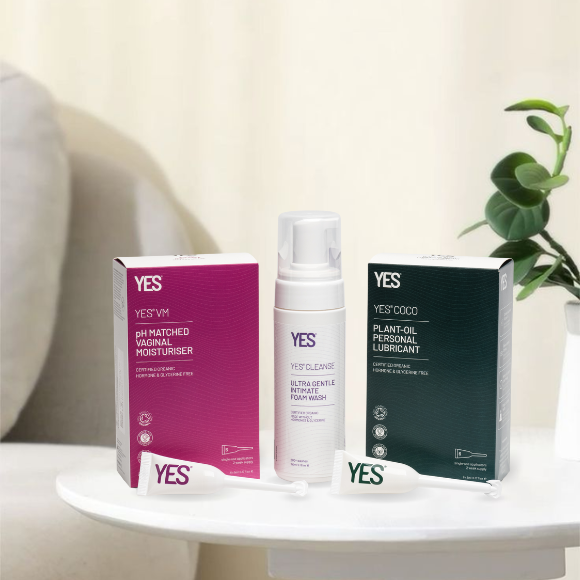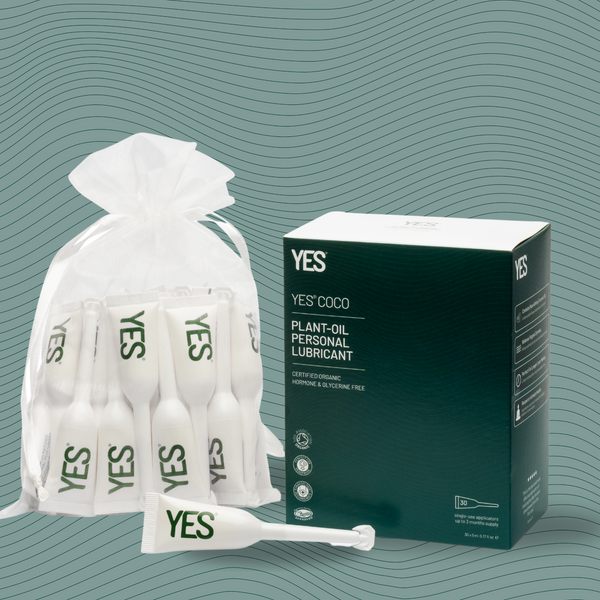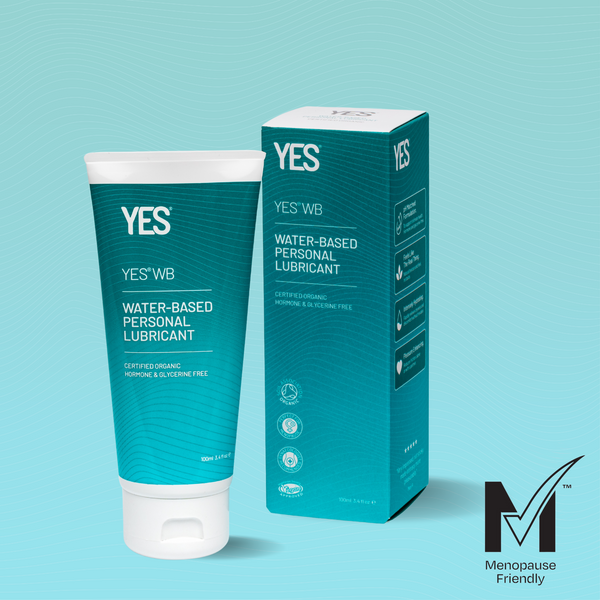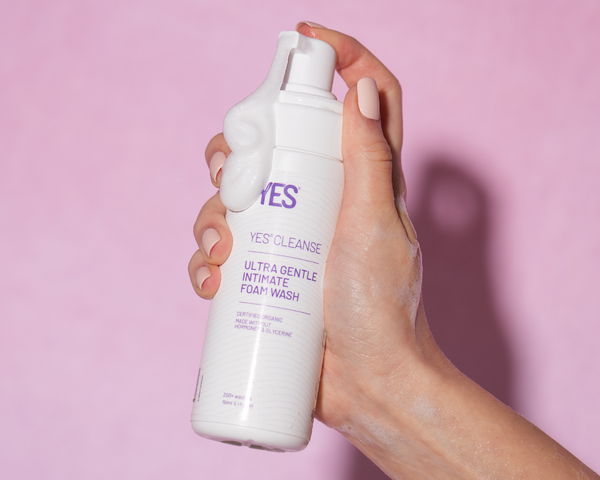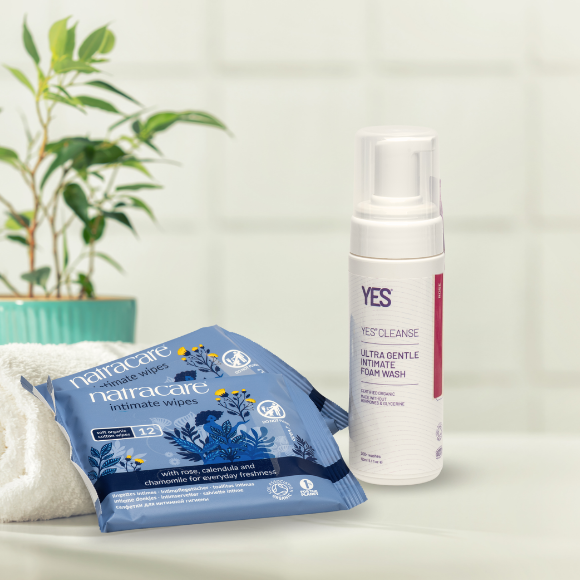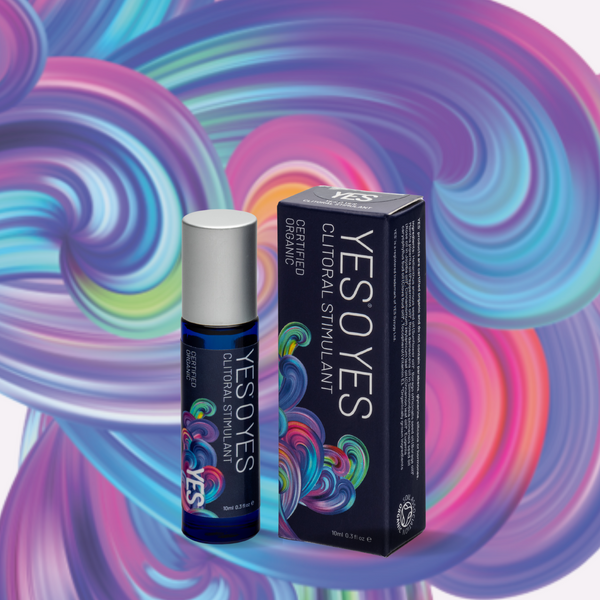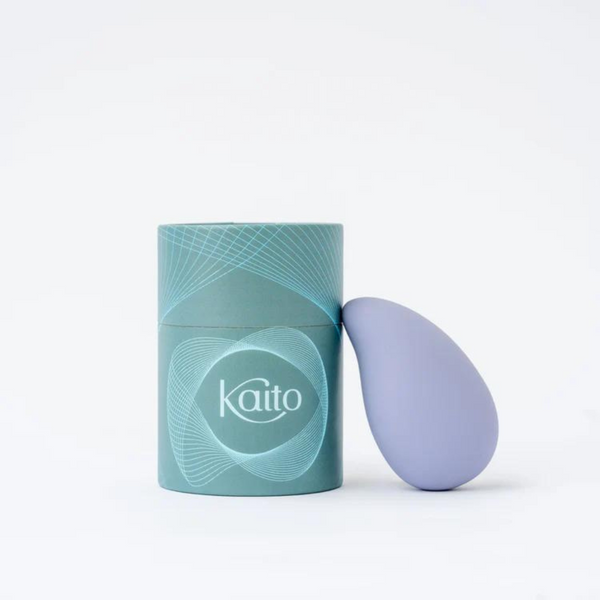 All Blogs
All Blogs
If you’re suffering from urinary incontinence, you already know what an enormous impact it can have on every area of your life. Despite this, few women seek help.
Urinary incontinence might feel embarrassing, but it’s something that affects half of all adult women, and we’re here to make sure you don’t have to suffer in the shadows any longer! With certain lifestyle changes and access to the right products and support, urinary incontinence can become far more manageable – or even curable!
So hold your head up high, and keep reading for the lowdown on everything from the causes of urinary incontinence, to the treatment options available to you.
The causes of urinary incontinence
Your chances of developing urinary incontinence can be increased by:
- Pregnancy
- Vaginal birth
- Obesity
- A family history of incontinence
- Increasing age
- Menopause
During the menopause our oestrogen levels start to decline, which can cause the muscles and tissues in the pelvic area to weaken – including those that support the bladder and urethra.
The different types of urinary incontinence
Did you know there are actually four main types of urinary incontinence?
- Stress incontinence: This often results from a weakening of (or damage to) the pelvic floor muscles and urethral sphincter – leading to leakage when laughing, coughing, sneezing, or exercising.
- Urge incontinence: This is usually the result of overactivity of the detrusor muscles that control your bladder, and involves a sudden need to wee.
- Overflow incontinence: This is often caused by an obstruction or blockage in your bladder that prevents it from fully emptying.
- Total incontinence: This may be caused by a problem with the bladder from birth, a spinal injury, or a fistula (a small, tunnel like hole that can form between the bladder and a nearby area).
Stress incontinence and urge incontinence are the two primary types of urinary incontinence experienced in menopause.
The link between vaginal dryness and urinary incontinence
During menopause and perimenopause, the vagina, vulva and urinary tract can suffer from dryness and thinning owing to declining oestrogen levels (it really is the gift that keeps on giving). As well as making sex uncomfortable and painful, and sexual activity potentially less frequent, your pelvic muscle tone can be affected. When your bladder and urethra (the tubes running from your bladder) become weaker, the need to wee can feel more frequent and urgent.
If you’re struggling with vaginal dryness, you might want to try one of the following:
- YES® VM is a natural vaginal moisturiser that relieves vaginal dryness and itching, and lasts longer than a lubricant.
- YES® WB is a water-based organic lubricant, designed to give a natural texture and feel whilst providing maximum lubrication and moisture.
- YES® OB is an oil-based lubricant that nurtures and protects your intimate health while providing long-lasting luxurious performance and glide.
- YES® COCO contains organic coconut oil blended with jojoba oil for our most smooth and nourishing lubricant yet!

Treatment options for urinary incontinence
Urinary incontinence might feel like an impossible fight, but there are several treatments and lifestyle changes that can help you to manage (or even cure) the condition.
Lifestyle changes
Caffeine, alcohol, and spicy foods can all exacerbate urinary incontinence by irritating the bladder, so try to avoid these if you can. Maintaining a healthy weight and quitting smoking can also help to lower your risk of urinary incontinence, as can staying hydrated. Restricting fluids can irritate your bladder, so make sure you drink enough water – without overdoing it.
Pelvic floor exercises
Your pelvic floor muscles control the flow of urine when you wee. If these muscles are weak or damaged, it can lead to urinary incontinence – which is why exercising these muscles is recommended. Your GP can refer you for pelvic floor muscle training if you’re diagnosed with urinary incontinence; or you can choose to strengthen your pelvic floor muscles through exercises such as Kegels.
Bladder training
If you've been diagnosed with urge incontinence, you may be offered bladder training. This can also be combined with pelvic floor muscle training if you have mixed urinary incontinence. Bladder training involves learning techniques that increase the length of time between feeling the need to wee and weeing.
Medicine and surgery
For stress incontinence that doesn’t improve with lifestyle changes, surgery is sometimes recommended as a next step. However, if you’re keen to avoid surgery, there are also medicines available on the NHS that work to increase the muscle tone of the urethra.
Incontinence products
Incontinence products can be useful for managing urinary incontinence – giving you the confidence to get back to the activities you enjoy. Incontinence products include:
- Absorbent products, such as pants or pads
- Handheld urinals
- A catheter (a thin tube inserted into your bladder to drain urine)
- A bladder support device
If you’re looking for a product that helps to prevent leaks, a disposable bladder support device like Contrelle can provide a fresher alternative to pads and liners. Contrelle sits inside the vagina and is designed to restore the bladder neck to its natural position. To make insertion more comfortable, a small amount of water-based lubricant, like YES® WB, is recommended.
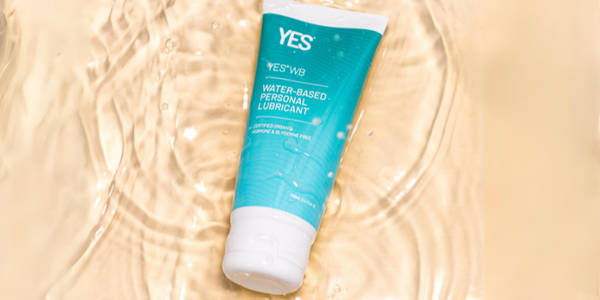
If you’re experiencing urinary incontinence, we would always recommend talking to your GP or a healthcare professional in the first instance. Urinary incontinence is incredibly common, and absolutely nothing to be ashamed of or embarrassed by.
Empower yourself
Read more about the changes your body goes through during peri menopause and post menopause.

